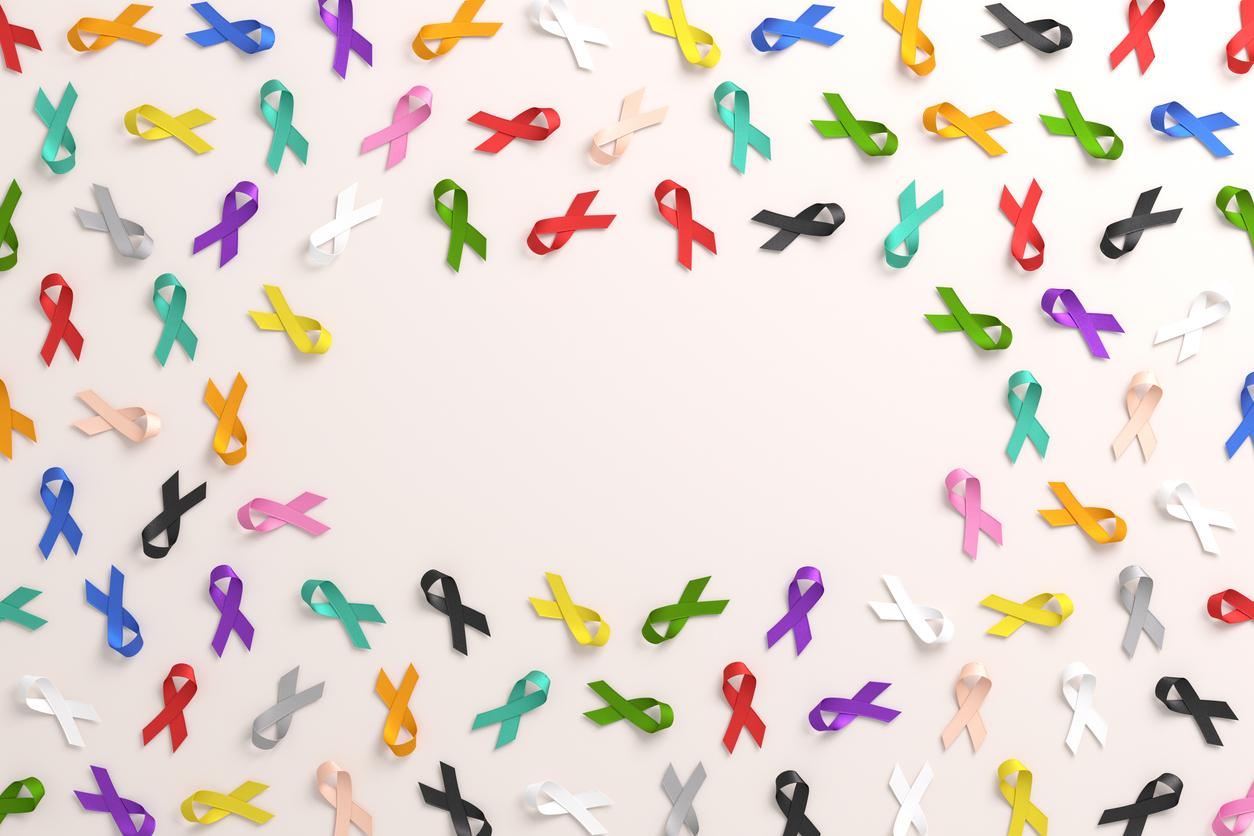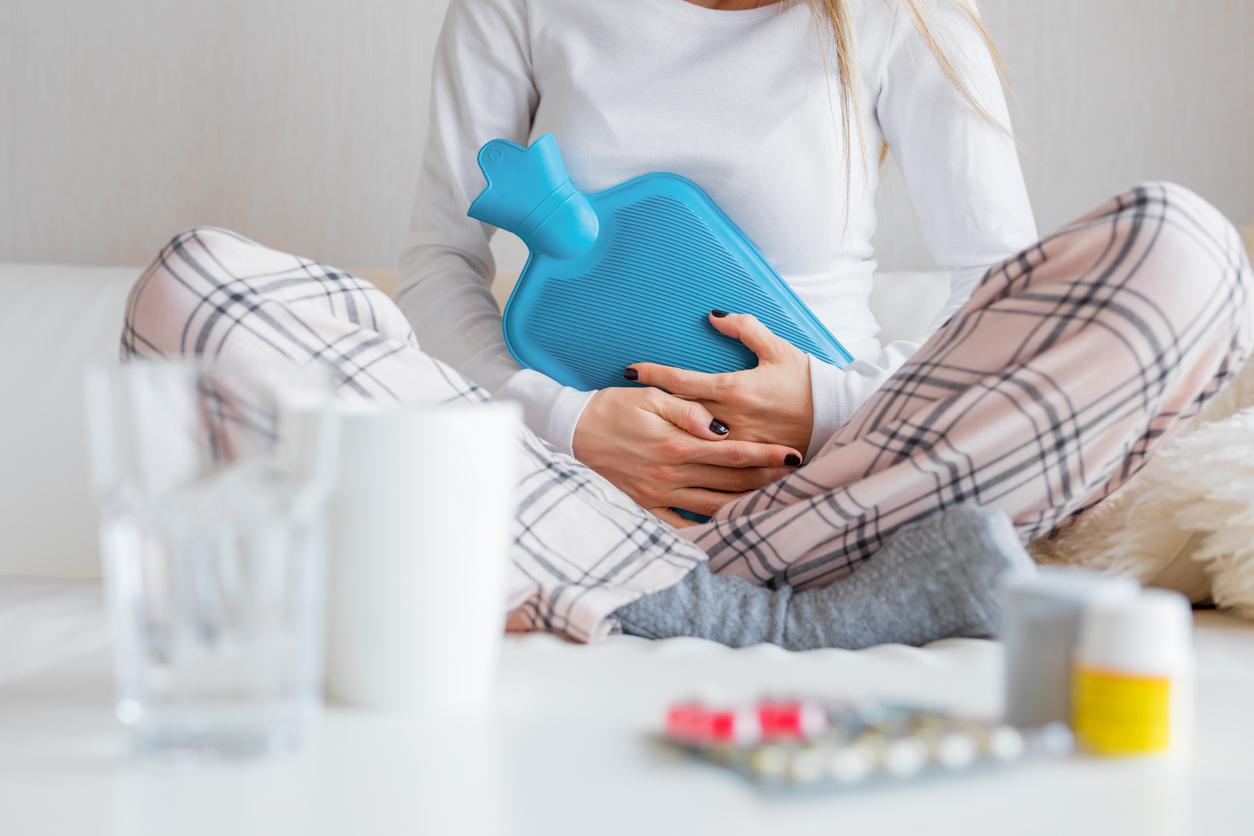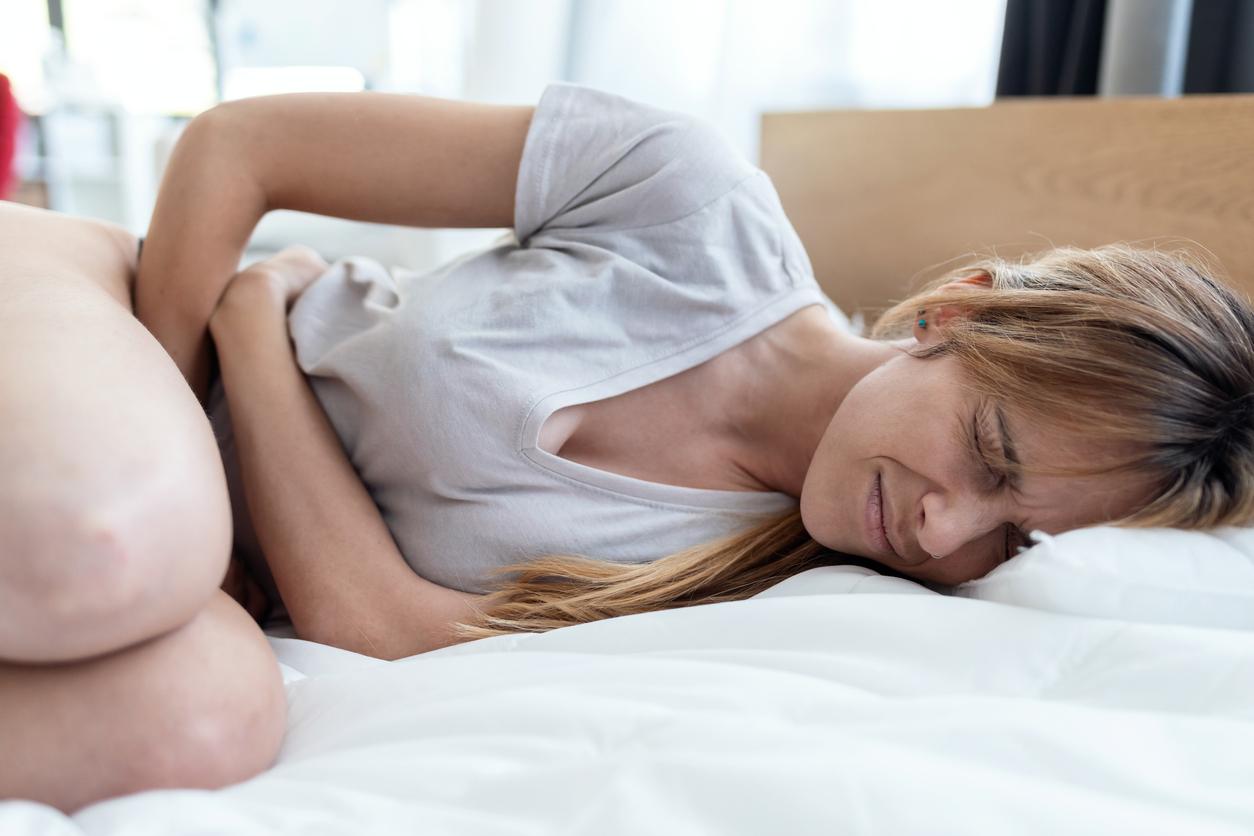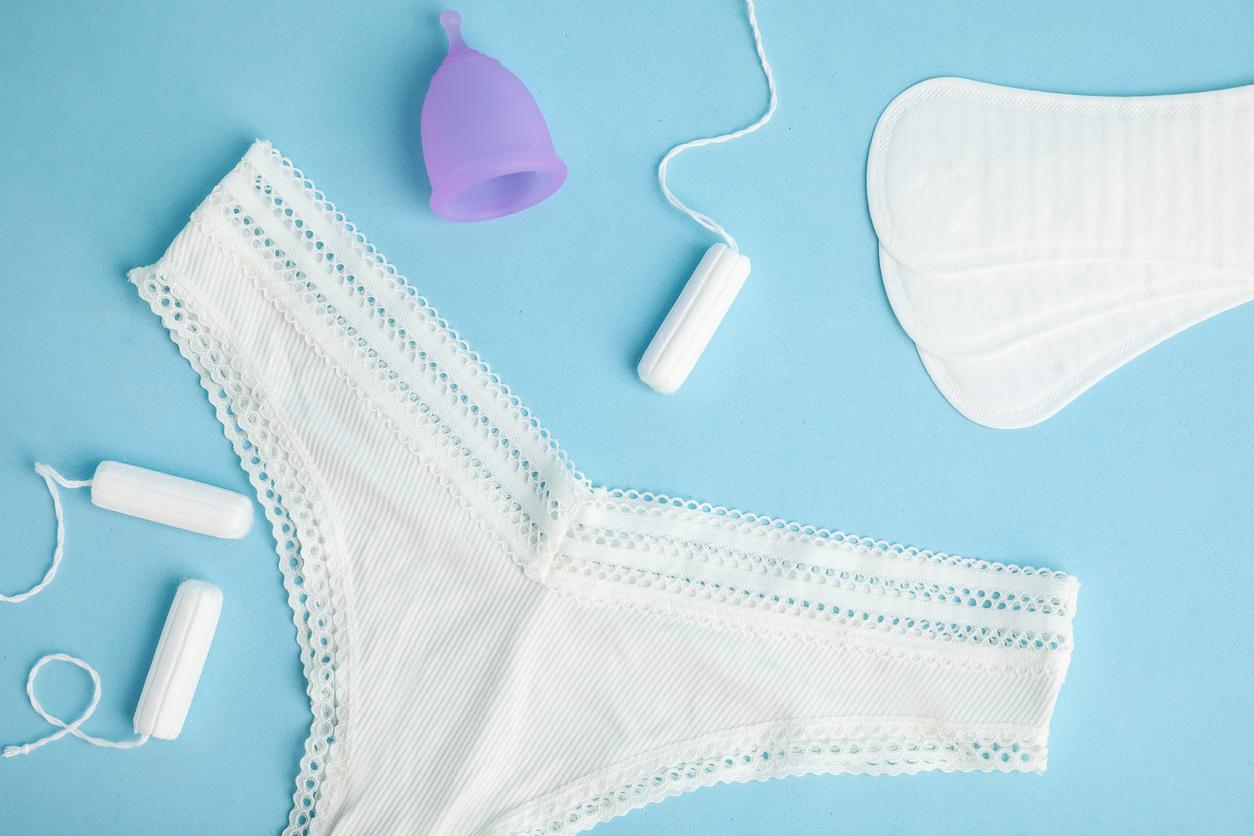Abnormal discharge, local redness, itching and ulceration are the first signs of vaginal yeast infection, a common condition that causes inflammation of the vagina. These vaginitis are most often due to a fungus, the Candida albicansa normal host of the vagina which has multiplied thanks to a drop in immune defenses (illness, medical treatment, pregnancy, etc.) and an imbalance in the vaginal microbiota (too acidic).
An imbalance that can indeed be caused by menstruation: menstruation will weaken the vaginal microbiota and impact the development of bacteria. During menstruation, the vagina will also have a higher pH, making the area less acidic and more alkaline, more favorable to the appearance of yeasts, and therefore of mycosis.
What are the solutions for recurrent vaginal mycoses?
As soon as the first symptoms appear, ask your pharmacist for advice. He will offer you a local treatment including an egg to be placed at the bottom of the vagina in the evening at bedtime and a antifungal cream to apply for 10 days. If there is no improvement within 3 days, consult a doctor. After a clinical examination, he will take a sample if necessary, in order to identify the germ in question. Depending on the results, he will prescribe an antifungal treatment (local or in tablets) combined with probiotics to restore the vaginal microbiota.
If you are especially prone to these yeast infections during or just after your period, know that there are now specific probiotics contained in a tampon which is used instead of conventional tampons (Florgynal Tampon).
















